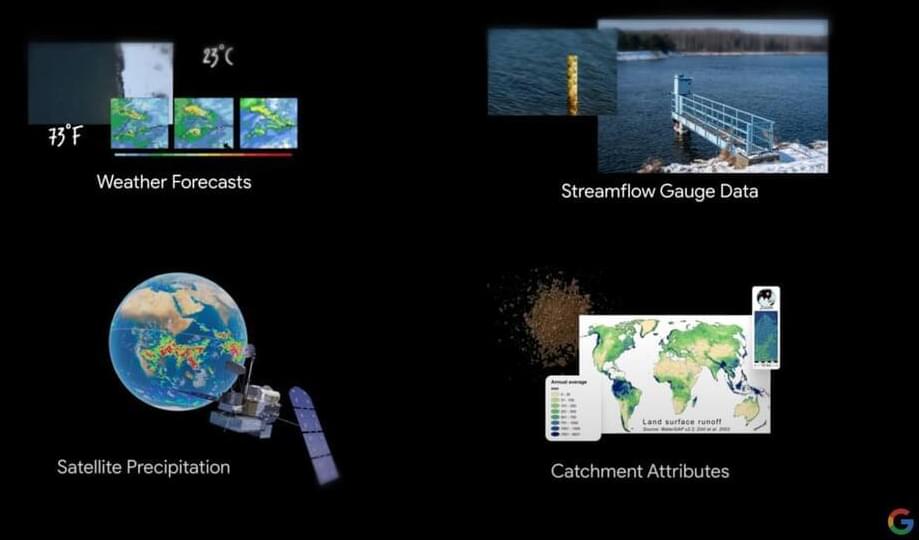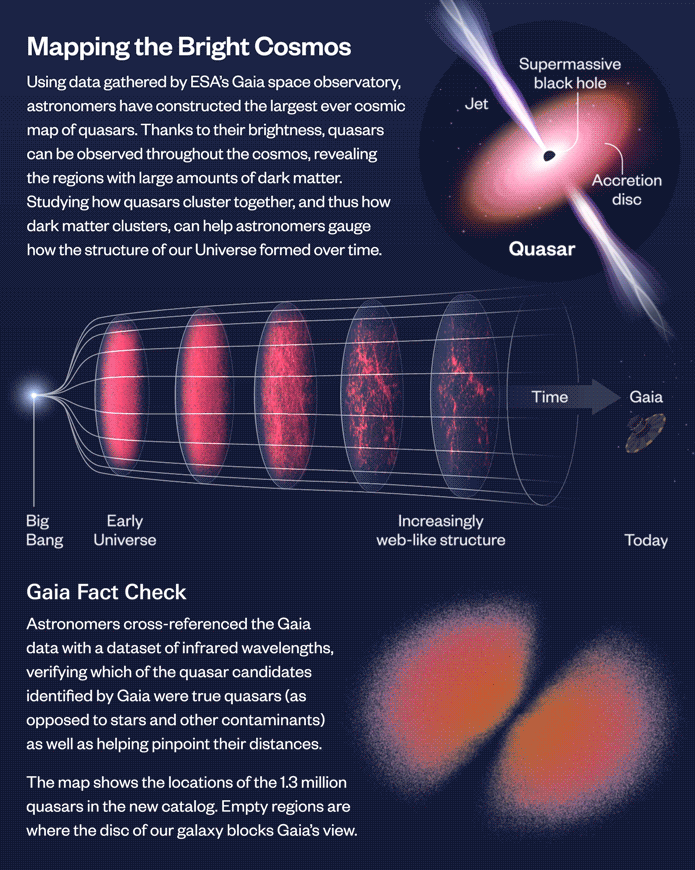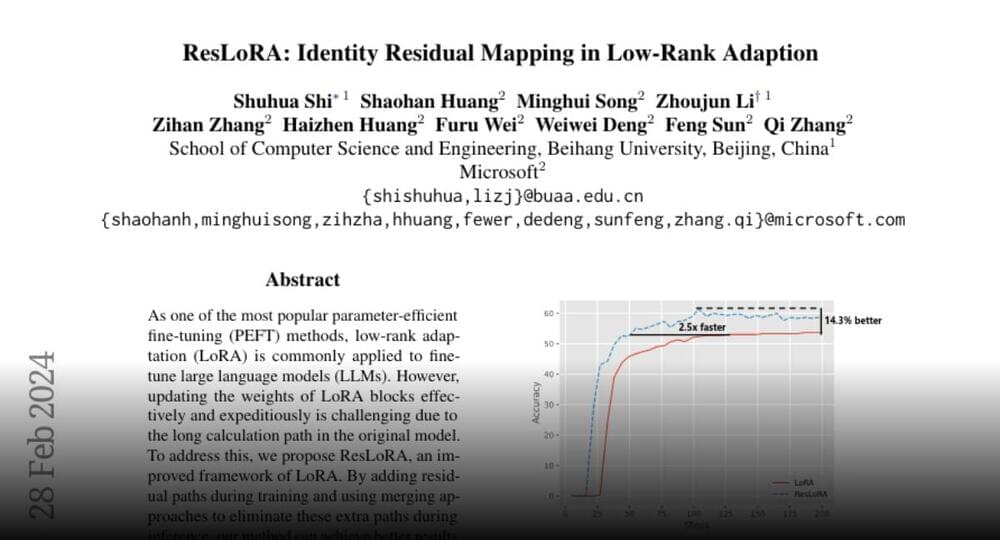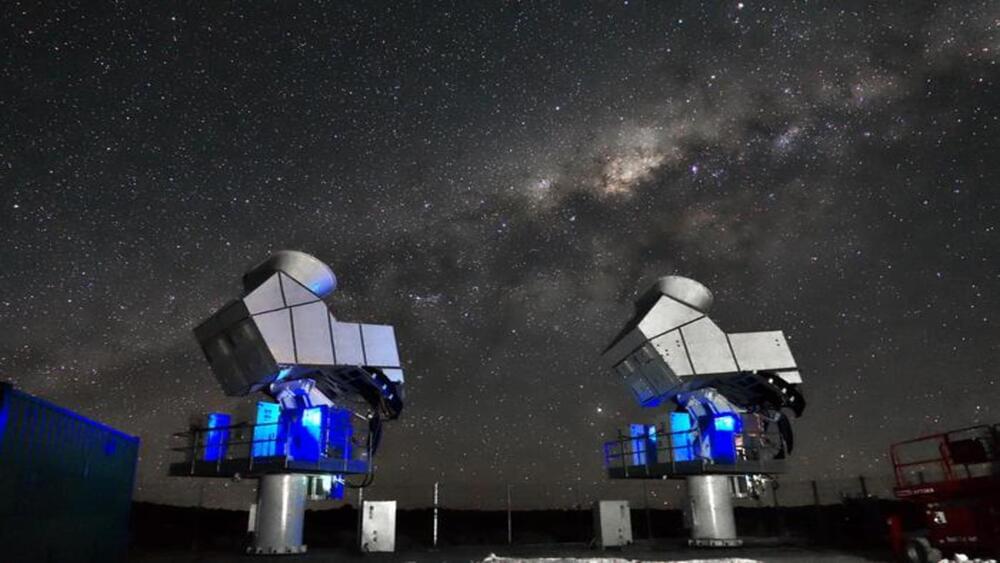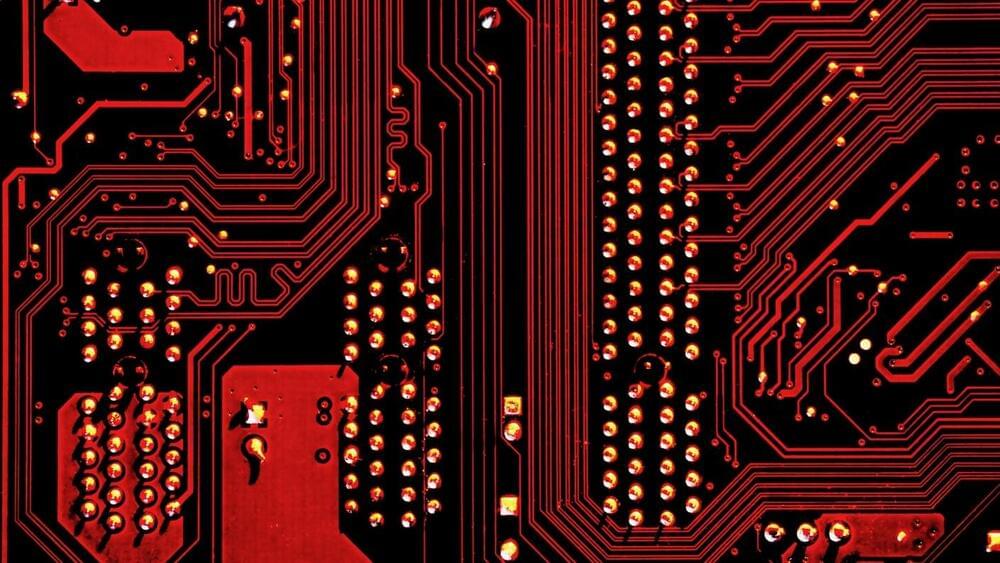A new gravimeter is compact and stable and can detect the daily solar and lunar gravitational oscillations that are responsible for the tides.
Gravity measurements can help with searches for oil and gas or with predictions of impending volcanic activity. Unfortunately, today’s gravimeters are bulky, lack stability, or require extreme cooling. Now researchers have demonstrated a design for a small, highly sensitive gravimeter that operates stably at room temperature [1]. The device uses a small, levitated magnet whose equilibrium height is a sensitive probe of the local gravitational field. The researchers expect the design to be useful in field studies, such as the mapping of the distribution of underground materials.
Several obstacles have impeded the development of compact gravimeters, says Pu Huang of Nanjing University in China. Room-temperature devices generally use small mechanical oscillators, which offer excellent accuracy. However, they are made from materials that exhibit aging effects, so these gravimeters can lose accuracy over time. Much higher stability can be achieved with superconducting devices, but these require cryogenic conditions and so consume lots of power and are hard to use outdoors.

